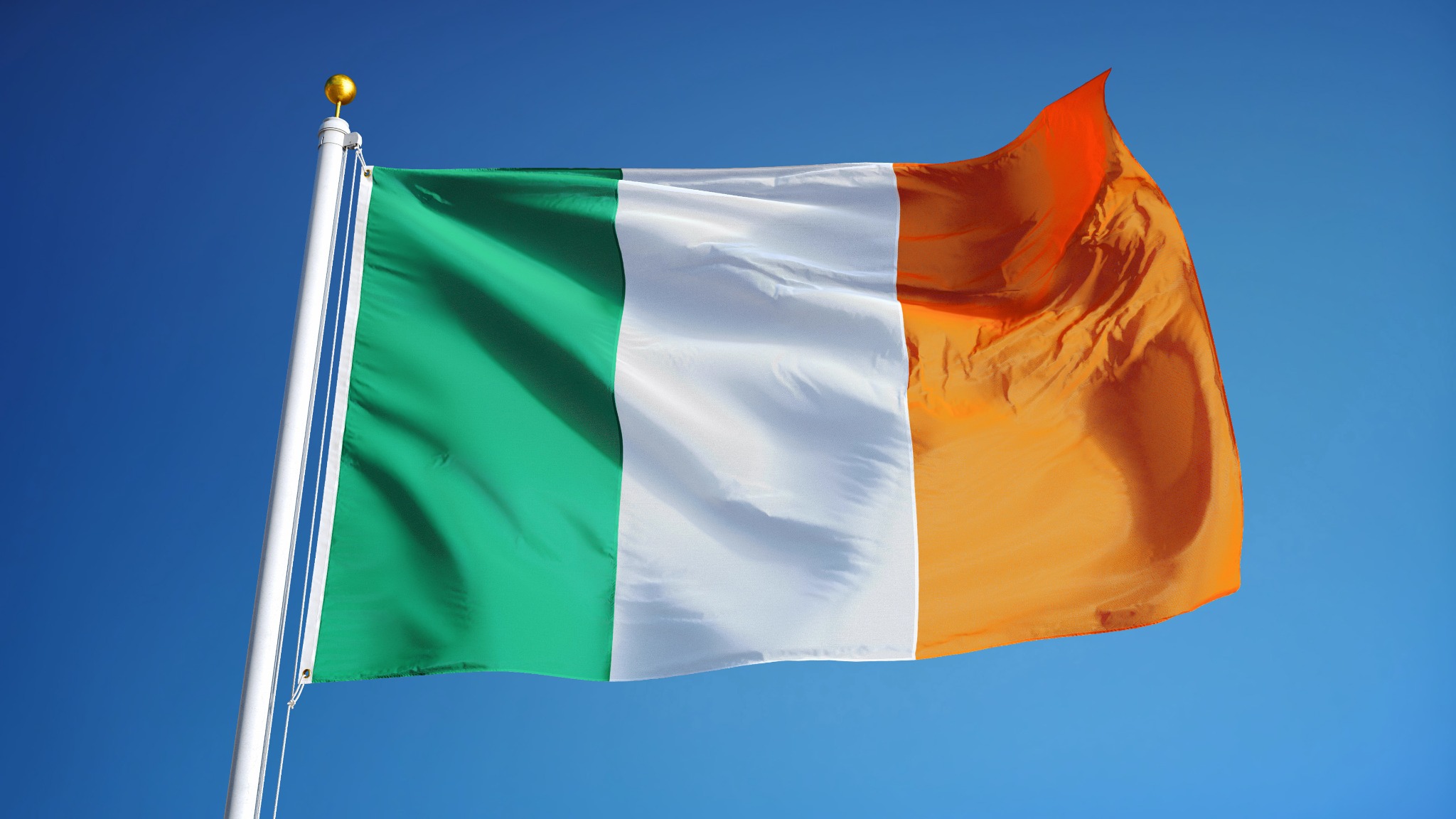sierra-barter.com – The Irish flag, also known as the tricolour, is a powerful symbol of Ireland’s rich history, cultural identity, and ongoing quest for unity and peace. Comprising three vertical stripes of green, white, and orange, the flag has become an iconic representation of the Irish people and their aspirations. This article delves into the history, symbolism, and global influence of the Irish tricolour.
History of the Irish Flag
The Irish tricolour was first unfurled on March 7, 1848, during a meeting of the Young Irelander movement in Waterford. The flag was designed to symbolize the inclusion of all Irish people, regardless of their religious or political beliefs. Initially, it was not widely used, but its significance grew during the Irish War of Independence (1919-1921) and the Easter Rising of 1916, where it was flown alongside the Irish Republic Flag over the General Post Office in Dublin.
The tricolour was officially adopted as the national flag of Ireland in 1937, when it was given constitutional status under the 1937 Constitution of Ireland. This formal recognition solidified its place as a symbol of national pride and unity.
Symbolism of the Colours
The Irish tricolour is a vertical tricolour of green, white, and orange. Each colour holds a specific symbolic meaning:
- Green: Represents the Gaelic tradition of Ireland, historically associated with the Roman Catholic community.
- White: Symbolizes peace and harmony between the two communities.
- Orange: Represents the Protestant community, particularly those of Ulster descent.
The combination of these colours signifies the aspiration for unity and peace among all Irish people, transcending religious and political divides.
Global Influence
The Irish tricolour has had a significant impact beyond the shores of Ireland. It has become a symbol of hope and unity for many, particularly in contexts where reconciliation and peace are sought. The flag’s design and symbolism have inspired other nations and movements around the world, serving as a reminder of the power of inclusive and peaceful coexistence.
Conclusion
The Irish flag stands as a testament to the enduring spirit of the Irish people. From its humble beginnings in 1848 to its official adoption in 1937, the tricolour has evolved into a powerful emblem of unity, peace, and national pride. Its colours and design continue to inspire and unite people, both in Ireland and around the world, making it a truly global symbol of hope and reconciliation.
